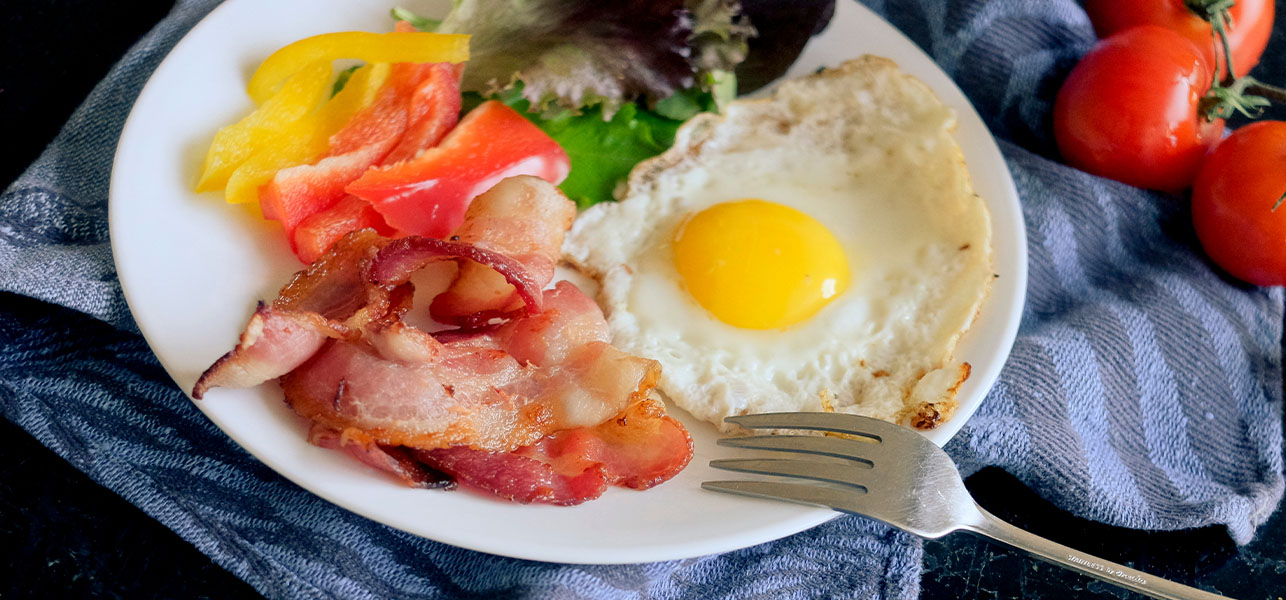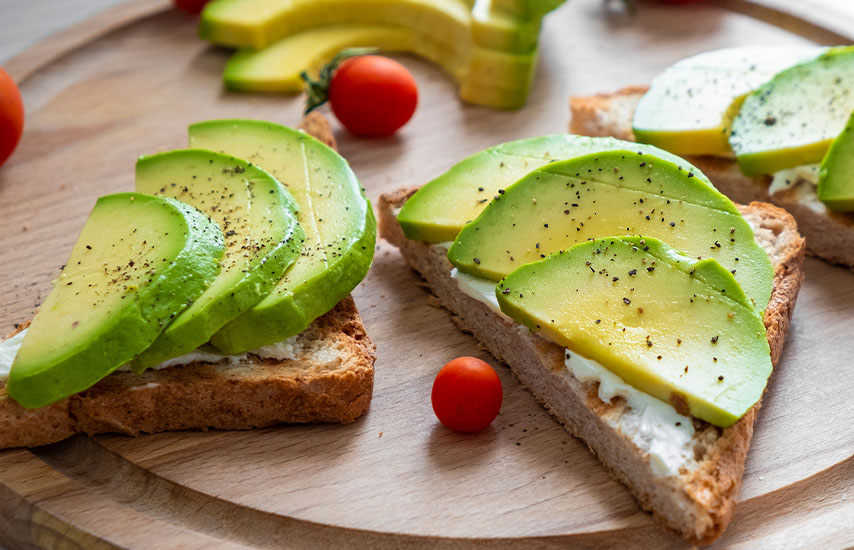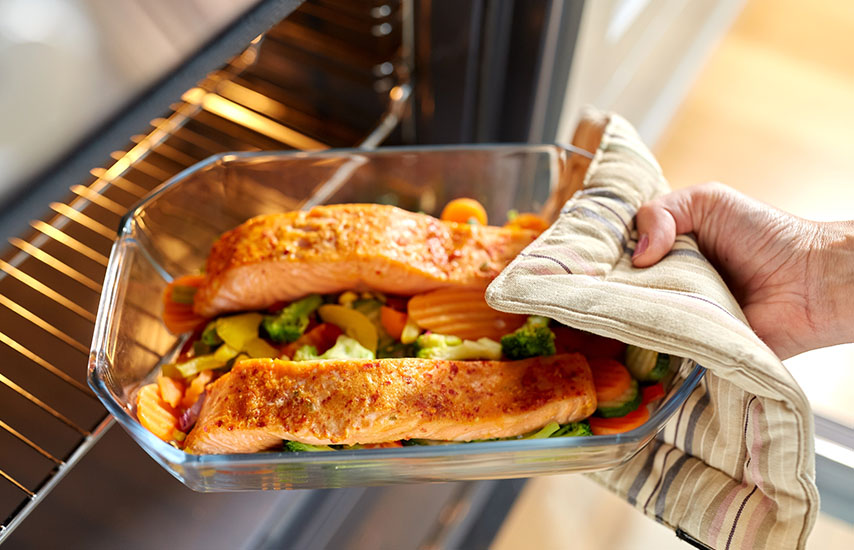How to Boost Metabolism on Keto: 6 Proven Ways to Boost Your Metabolic Rate

The metabolism is the process by which food is converted into energy that can be used by every single cell in the body as a fuel source. The faster your metabolic rate, the quicker your body burns calories and, in theory, the easier it is to lose weight.
Weight loss varies depending on your age, gender, activity level, genetics, and much more. However, it is thought that speeding up your metabolic rate may help to achieve greater weight loss in less time. Indeed, a faster metabolism means you will burn more calories when at rest.
But how do you boost a slow metabolism?
There are many ways you can boost your metabolic rate, and the keto diet is one of them. On the ketogenic diet, many people succeed in healthy and sustainable weight loss in a short period of time. To find out more about the ways you can boost your metabolism further on the keto diet, keep reading now.
How does the Keto Diet Work?
The ketogenic diet is a high-fat, low-carb diet that supports weight loss and an overall reduction in body fat. The diet works by pushing your body into the metabolic state of ketosis, which encourages burning fat in the body.
Ketosis occurs when blood glucose is depleted. As the primary fuel source in the body, glucose is an easy fuel to burn. However, eating a low-carb intake reduces the amount of blood sugar available, meaning the body enters this state.
In nutritional ketosis, the body burns blood ketones and body fat for energy, rather than blood sugar. Stored fat is converted to ketones in the liver and then used as a fuel source, helping those on the keto diet to burn more fat and ultimately lose weight.
There are many low-carb diets, but the ketogenic diet is also a high-fat diet. Eating more healthy fats further encourages the state of ketosis and helps you to reduce body weight.
The ketogenic diet is known to improve lipid metabolism, but are there ways to maximize this to enhance fat burning and boost overall weight loss?

Advertisement
Maximizing Your Metabolism: 6 Proven Ways to Boost Fat Burning on Keto
Losing weight on the ketogenic diet can be a great way to improve your overall health, but if you want to enhance the benefits of this diet, take a look below for some tips.
#1 Read up!
The first thing we would suggest when starting the diet is to do your reading! The keto diet can be complex when you first learn about it. It’s not just about watching your calorie intake and exercising more.
On the keto diet, you need to consume specific amounts of certain macronutrients and limit your carb intake. It is a relatively strict diet and there are some rules that cannot be ignored.
There are many resources out there for the keto diet, including a whole range of keto apps, but you need to ensure you’re choosing the right ones. Look for information that cites relevant scientific sources and has been updated recently to make sure all information is still correct.
Many people rush into keto which often results in poor weight loss or even weight gain, and this is usually down to a lack of understanding of the diet. Take your time, ease into it, and make sure any resources you use for support and guidance offer tips for things to eat, exercises for the keto diet, and what to do about keto flu!

#2 Figure out your macros
Macros, or macronutrients, are the big three food categories you commonly hear about, namely; carbs, fats, and proteins. As we know, the keto diet requires you to eat more fat than you usually would, along with fewer carbs. The macronutrient ratio for a typical keto diet is as follows.
- 5% or fewer calories should come from carbohydrates
- 25% of calories should come from your protein intake
- 70% of calories should come from fats (and mostly healthy, unsaturated fats)
There is, of course, flexibility in these ratios, but not by much. As such, it is very important to get to grips with these figures before you start eating the keto way.
To make sure you stick to these percentages and achieve fat loss on the keto diet, we recommend getting a kitchen scale and being very precise when measuring ingredients. You should then note down what you’re eating in a notebook or an app.
There are many keto apps that can be used to track your macros, as well as water intake, caloric intake, and activity levels. These apps make it much easier to stay within the correct percentages and can be of great help on the ketogenic diet.
When it comes to eating in restaurants or during the holidays, sticking to your macros can be much more difficult. For this reason, it is much easier on the keto diet to cook homemade meals using whole and healthy ingredients. This way, you know exactly what you are putting into your body.
#3 Eat more protein
Protein intake is important for our bodies. It plays a major role in building muscle mass, muscle repair, and helping us maintain a healthy weight. Eating enough protein on the keto diet can help to curb hunger cravings, boost satiety, and help maintain energy levels.
Protein may also have metabolism-boosting effects. Indeed, it is thought to have more thermic effects than other macros, meaning that more calories are burned to metabolize protein. Increased protein intake is often recommended on weight loss diets and could have benefits for your resting metabolic rate.
However, it is important to note that the keto diet is a moderate-protein diet. This means you still need to limit the amount that you eat. Eating too much protein can end ketosis, as the body can break it down into glucose and use this for fuel. This could lead you to gain weight by unknowingly stopping the fat-burning mode.

#4 Do not skip the gym
Regular exercise helps support weight loss and an increase in both lean body mass and muscle mass. There is also evidence from animal studies that shows that regular exercise can have a positive impact on our resting metabolic rate (RMR). For this reason, we recommend continuing your gym membership while on keto!
Additionally, research has shown that combining the keto diet with regular exercise may lead to enhanced fat loss and therefore greater weight loss. There is also evidence that the diet could enhance muscle recovery and reduce aches and pains after long workouts.
It is important to note that building more muscle may be difficult while on the ketogenic diet due to the need for an increased intake of protein and the requirement of more daily calories. If you are looking to combine the ketogenic diet with muscle building, you may consider keto cycling to have the benefits of keto alongside muscle building.
Try a daily run or high-intensity interval training while eating the keto way.
#5 Try intermittent fasting
Intermittent fasting is a popular eating method that involves periods of eating and periods of fasting. There are many types of intermittent fasting, and often people combine the keto way of eating with these methods.
There is evidence to suggest that intermittent fasting, particularly methods with shorter fasting periods, can have a profound effect on your metabolic rate. Indeed, one study found that fasting could increase your metabolism by up to 14%.
The keto way of eating pairs well with fasting regimes for a number of reasons. To begin with, fasting enforces a natural calorie deficit by reducing the number of hours you have to eat. it is simply impossible to eat as much in six hours as you would in 12, and therefore people tend to eat much less while fasting and they lose weight.
The low-carb ketogenic diet is also high in both fats and proteins. Both of these macronutrients help to reduce hunger pangs, with fats regulating hunger and protein ensuring you feel fuller for longer. This is perfect for an eating method that requires long periods without food intake and can help you to sustain prolonged periods of fasting throughout the day.
Combining the two eating methods can help to boost weight loss and enhance the positive effects of both diets, like reducing insulin resistance, enhancing autophagy, and improving energy levels.
#6 Get a list of bulletproof recipes and shop early
Unlike low-fat diet options, keto is slightly harder to shop for. After years of being told that fat is bad for us, there are many low-fat food options, but very few ready-made meals for keto. That being said, it is still possible to eat the keto way with little cooking experience.
Our first recommendation in this list was to read up on keto, and in doing so, you should have a thorough understanding of what you can and can’t eat. From here, you should also use the keto tools we discussed to create a list of go-to keto recipes that are easy to cook and use commonly found ingredients.
Finding the keto recipes that you like and work for you may take a few weeks of trial and error, but once you have this list, shopping will become much easier. Make sure to make a meal plan each week too, so that you don’t give in and eat a high-carb meal because you don’t know what to cook! Note: there is actually evidence that meal planning can have a positive effect on body weight so it is in your best interest to do it!
Lastly, there are some keto staples that we suggest you stock up on. These include:
- Animal protein: like seafood, lean meats, and eggs
- Dairy: including cheese, milk, and Greek yogurt (always avoid low-fat dairy and yogurt with lots of sugary additives)
- Leafy greens, and other non-starchy veg that is keto-friendly (eating low-carb foods like this helps ensure you get all the vitamins and minerals you need)
- High-fat vegetables: including olives and avocado
- Oils: like coconut oil and olive oil
- Butter and ghee
- Keto-friendly treats: including dark chocolate and keto-friendly nuts
Conclusion
The ketogenic diet has many benefits for the body, including boosting insulin sensitivity, reducing fat stores, and helping people to lose weight. It can also help to speed up fat metabolism, helping you to lose stubborn fat more quickly.
There are many ways to speed up your metabolism and enhance the benefits of keto, including ensuring you’re eating the correct macro ratios, exercising regularly, and making a meal plan. Keto can be incredibly beneficial if you stick to these rules!














Comments (0)